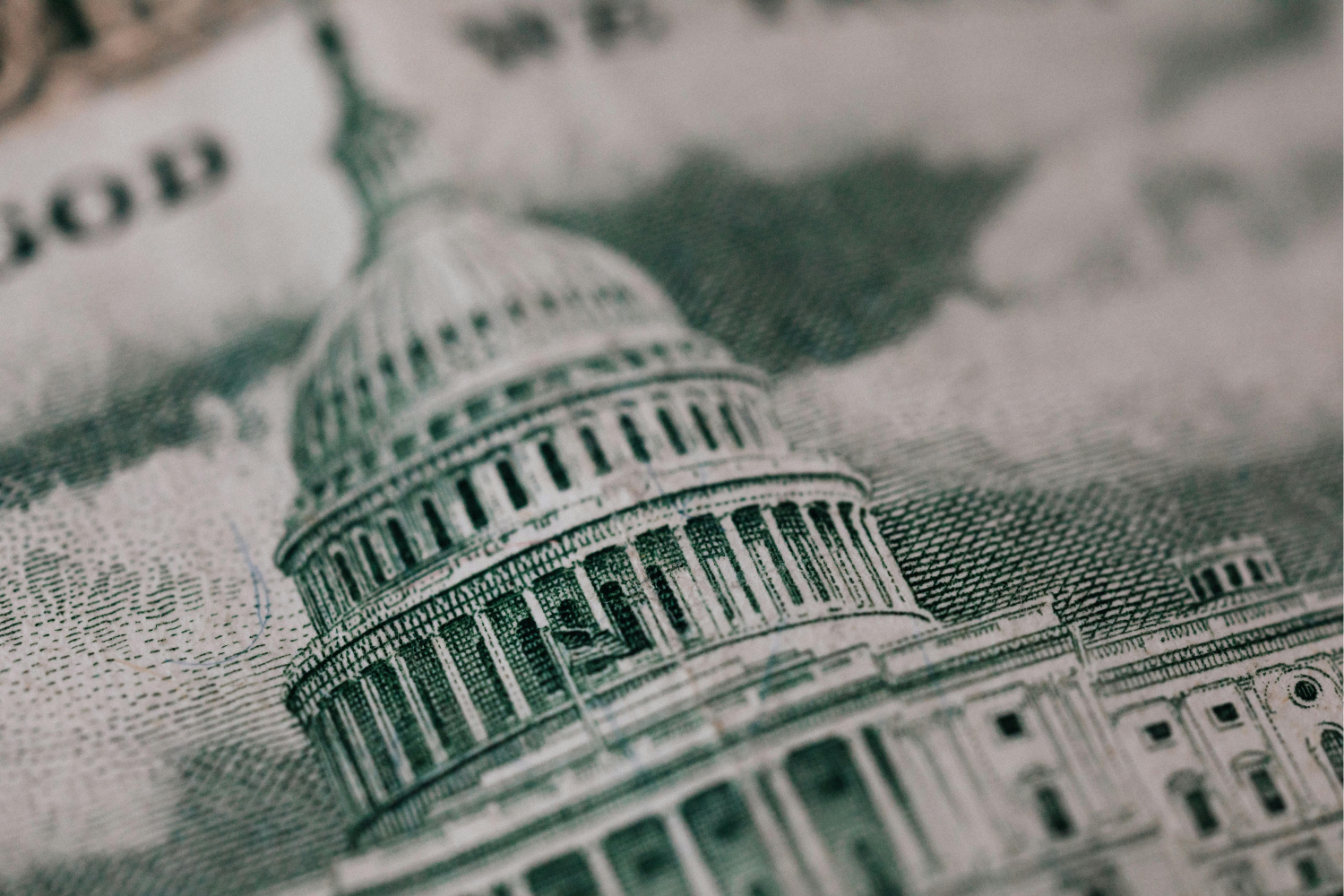Since 2018, Carbon180 has leveraged the federal government’s annual appropriations process to weigh in and advocate for high-impact carbon removal efforts across different agencies. During this budget process, Congress, through the Appropriations Committee, passes a set of laws to determine how much money the federal government is authorized to spend, where and how it should be allocated, and for what purposes. Many early wins for carbon removal originated with federal appropriations, and Carbon180 has influenced and achieved major policy goals through this annual process.
Appropriations have always been a legislative vehicle for securing carbon removal funding, keeping momentum, even as other policy pathways have stalled. As we defend the progress already made, we’re also committed to securing new funding and policy support that will bring carbon removal to scale.
Why is appropriations important for CDR?
Recently, carbon removal has been on the fast track, with landmark legislation such as the CHIPS and Science Act, the Inflation Reduction Act, and the Infrastructure Investment and Jobs Act supporting key aspects of CDR deployment — a blast of legislative momentum that has not always existed. In fact, there have been many congressional sessions and presidential administrations where efforts to advance CDR legislation have stalled; in those cases, appropriations remained an important legislative mechanism to propel CDR priorities forward. Since Carbon180’s founding in 2015, we’ve tracked the appropriations process and observed a steady, significant increase in both federal spending and targeted programmatic support for carbon removal. While passing dedicated and bipartisan legislation is still critical, the appropriations process has and will continue to be a central driver in supporting CDR.
Our advocacy through appropriations has delivered tangible results, even when the pathway for stand-alone bills was not viable. This includes increased funding for tech-based carbon removal research and development (R&D), directives to accelerate innovation, and dedicated language for the Department of Energy to improve measurement, monitoring, reporting, and verification tools and frameworks. On the land policy side, we’ve seen increased funding at the Agricultural Research Service and sustained support for programs like the Long-Term Agroecosystem Research Network and the Climate Hubs program, both pivotal in advancing and enhancing the coordination of soil carbon research.
We’ve also seen new investments in federal forest programs to support the staffing and funding needed to help improve land management practices and advance agroforestry. Most recently, the growing field of ocean CDR has entered the policymaking mainstream with dedicated appropriations support to strengthen research, development, and demonstration of ocean carbon removal.
Appropriations are one of the most powerful policy tools to advance carbon removal policy. While submitting requests to individual offices is a long and tedious task, seeing increased funding and direct language in draft and final appropriations bills is an important validator for why this work matters. Notably, the appropriations process remains a key strategy to further and influence carbon removal amid this era of political uncertainty for climate policy.
What started as submitting a handful of requests has become a collaborative campaign from Carbon180’s government affairs, policy, environmental justice, and science and innovation teams. We now work directly with Congressional offices on both sides of the aisle to bring together members to advance our key priorities, such as tech and ocean CDR R&D, urban forestry, and soil carbon research and monitoring. We also lead stakeholder letters to garner support from coalition partners across nonprofits, philanthropy, industry, and academia.
What’s to come
While there is no guaranteed timeline, we can expect that in the coming weeks, the House and Senate Appropriations subcommittees will convene and begin drafting their respective Fiscal Year26 appropriations bills. This will be followed by markups and hearings, allowing both parties to provide input on the final package. Throughout this summer and fall, a joint committee of the House and Senate members will confer on differences and develop a final shared bill, to be voted on into law.
Edited by Ana Little-Saña. Image by Kaboompics.com.

